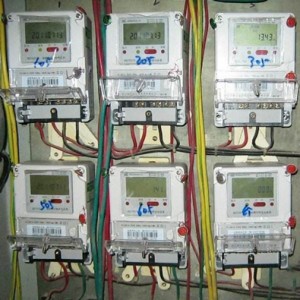In electricity, the phase refers to the distribution of a load. What is the difference between single-phase and three-phase power supplies? The difference between three phase and single phase is primarily in the voltage that is received through each type of wire. There is no such thing as two-phase power, which is a surprise to some people. Single-phase power is commonly called ‘split-phase’.
Residential homes are usually served by a single-phase power supply, while commercial and industrial facilities usually use a three-phase supply. One key difference between single-phase with three-phase is that a three-phase power supply better accommodates higher loads. Single-phase power supplies are most commonly used when typical loads are lighting or heating, rather than large electric motors.
Single Phase
Single-phase wire has three wires located within the insulation. Two hot wires and one neutral wire provide the power. Each hot wire provides 120 volts of electricity. The neutral is tapped off from the transformer. A two-phase circuit probably exists because most water heaters, stoves and clothes dryers require 240 volts to operate. These circuits are fed by both hot wires, but this is just a full phase circuit from a single-phase wire. Every other appliance is operated off of 120 volts of electricity, which is only using one hot wire and the neutral. The type of circuit using hot and neutral wires is why it is commonly called a split-phase circuit. The single-phase wire has the two hot wires surrounded by black and red insulation, the neutral is always white and there is a green grounding wire.
Three Phase
Three-phase power is supplied by four wires. Three hot wires carrying 120 volts of electricity and one neutral. Two hot wires and the neutral run to a piece of machinery requiring 240 volts of power. Three-phase power is more efficient than single-phase power. Imagine one man pushing a car up a hill; this is an example of single-phase power. Three-phase power is like having three men of equal strength pushing that same car up the same hill. The three hot wires in a three-phase circuit are colored black, blue and red; a white wire is the neutral and a green wire is used for the ground.
Another difference between three-phase wire and single-phase wire concerns where each type of wire is used. Most, if not all, residential homes have single-phase wire installed. All commercial buildings have three-phase wire installed from the power company. Three-phase motors provide more power than a single-phase motor can provide. Since most commercial properties use machinery and equipment that runs off three-phase motors, three-phase wire must be used to operate the systems. Everything in a residential home only operates off of single-phase power such as outlets, light, refrigerator and even the appliances using 240 volts of electricity.
Post time: Mar-09-2021
